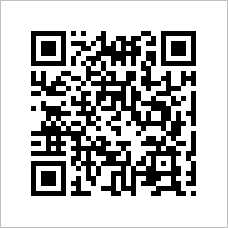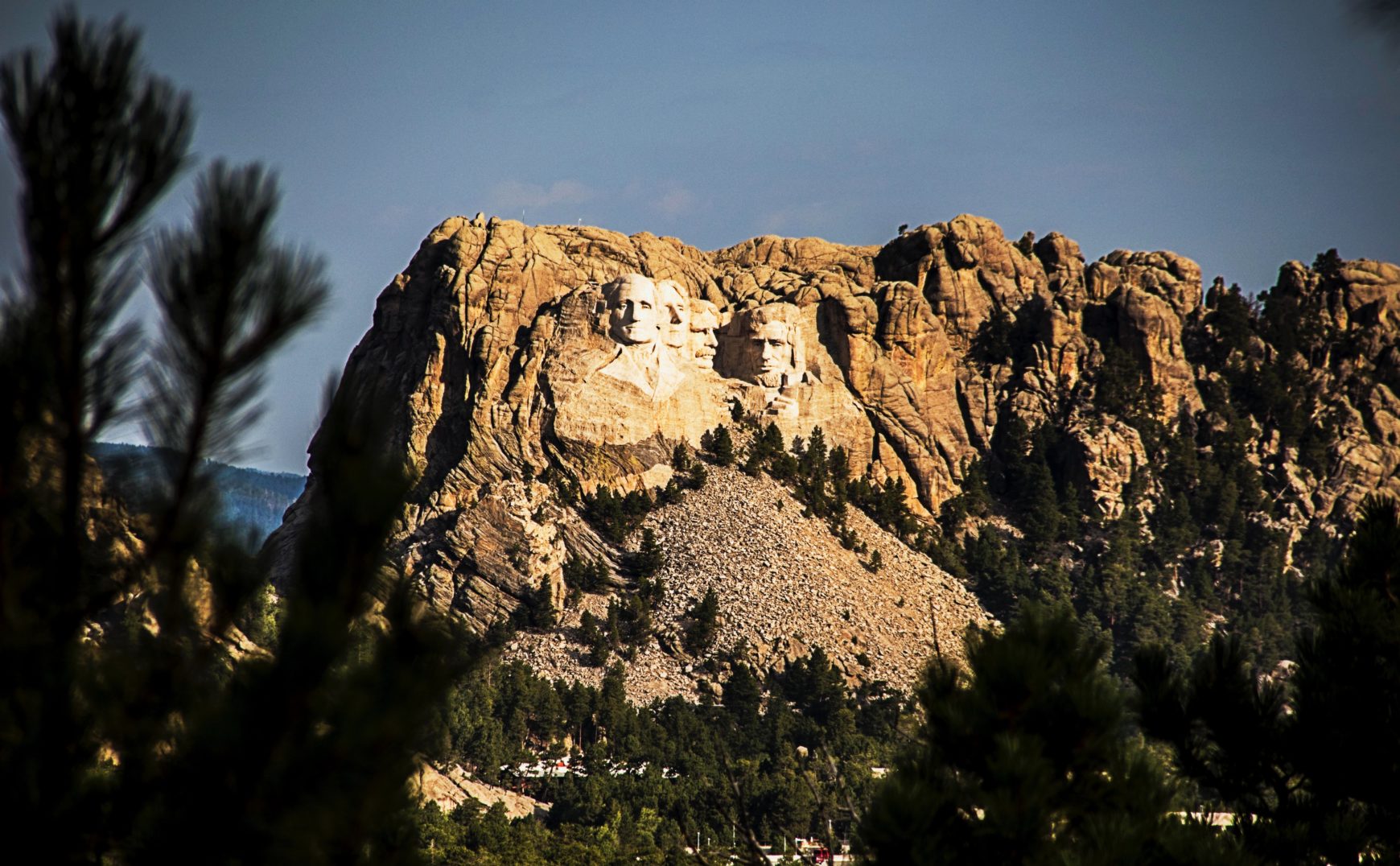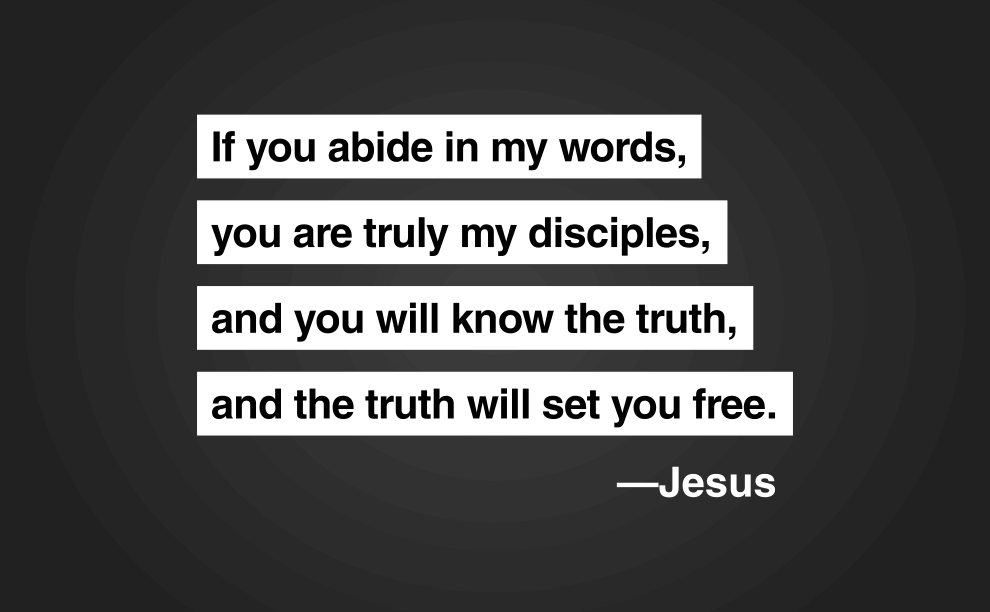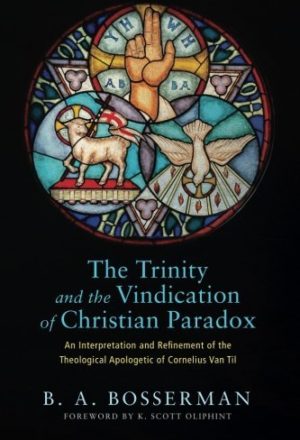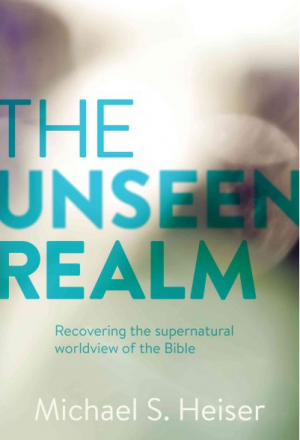Modern Central Banking
Modern central banking is rooted in the 17th century. The Swedish Riksbank was established in 1668 while the Bank of England was established in 1694 in order to lend to their respective governments and purchase their debt.1
Modern central banks are called “the lender of last resort” because they are responsible for providing funds when commercial banks cannot cover supply shortages (to bail banks out of trouble). They are inherently national because they control inflation as a means to provide currency elasticity and regulate monetary policy within a country.
Currency elasticity is the effect by which national banks inflate the money supply in a coordinated fashion without suffering blowback from depositors or noteholders who might otherwise present demands for the cash represented by their accounts. In other words, currency elasticity is used to bail out banks in trouble2 and governments when they borrow too much.3
The U.S. government can potentially borrow forever for two reasons. First, its central bank, the Federal Reserve, has a statutory monopoly on the only bank notes accepted for government purposes. Second, the U.S. is in the singular position of having a national economy so fundamental to the global economy that other governments hold Federal Reserve Notes (the things we call dollars) as a backup to their own currencies. The Federal Reserve has always been able to print more.4
What has established is a government-controlled banking system enabling increases in government expenditure—and thus its scope and its power—without effective limits. If you or one of us borrowed excessively, we would eventually be denied further credit (i.e., a lender would decline to loan money out of concern for our ability to pay it back). There is no such countervailing restraint on a government using a central bank because the government is operating on both sides of the transaction and can thus print money at will to accomplish its ambitions.
A government can levy taxes only so much to centralize money for state agendas before a population resists. The crafty solution to both centralize more of the value of the total monetary supply within government hands and placate the population is to silently and artificially inflate the money supply. This devalues the store of value represented by each dollar but if it is done slowly enough, most people do not actively notice or care.
The Example of Fictional Ur
Imagine a nation called Ur and assume that there are 9,000 people in this nation. Let us further assume the entire national monetary system of Ur is represented by one million dollurs, such that each of the 9,000 people has 100 dollurs in his or her electronic account and that the government of Ur has 100,000 dollurs, or 10% of all the monetary wealth of the country.
Further imagine that the Ur has a national bank by which it can order the electronic (easy) printing of dollurs.
The government of Ur decides it wants to enter into gargantuan public works projects to make 7 grand wonders in honor of its 7 deities but the project is so large that it will require another 1,000,000 dollurs to undertake.
It would be literally impossible to tax the citizenry enough to accomplish the project because the citizens of Ur only have 900,000 dollurs, and 100% taxation would cause the near-instant fall of their civilization due to riots and insurrection.
So the treasurer, Mr. LannistUr, conceives of a plan: the government will take loans (make promissory notes) to the various architects, engineers, builders, artisans, planners, craftsmen, organizers, managers, and workers. Meanwhile, because of the stUrling reputation of Mr. LannistUr, all parties believe they will eventually be paid in a timely manner. Let us assume the workmen together comprise 1,000 people.
Work commences and is completed and the workmen respectfully demand payment.
Mr. LannistUr orders the national bank to print 1,000,000 more dollurs to electronically seed the government’s account.
Note what has happened. Other than the workmen taking assets they already owned to build the 7 wonders, in general the citizens of Ur have about 900,000 dollurs collectively in their name while the government used to have 100,000 dollurs but now has 1,100,000 dollurs.
Other than the transfer of assets (stone, iron, wood, etc.) being used to build the 7 wonders, there has been no effective new input into the monetary system.
Thus, before and after the grand works product, the entire economy was represented by one million dollurs. The ordinary citizens (8,000) have 800,000 dollurs. The workers (1,000) have 100,000 dollurs. The government had 100,000 dollurs.
After Mr. LannistUr’s slight of hand, the entire economy does not have one more million dollurs in it. Rather, the same amount of economic wealth and activity is represented by two million dollurs not one million.
The government went from having 10% of the money supply to having 55% of the money supply with one artificial command: Ordinary citizens: 800,000 dollurs; Workers: 100,000; Government: 1,100,000.
Then—and here is the deceit—the government uses the money it ordered printed to pay the debts it owes to the workmen. It now hands over 1,000,000 dollurs to the workers: Ordinary citizens: 800,000 dollurs; Workers: 1,100,000; Government: 100,000.
Now, instead of 80% of the wealth, the ordinary citizens have only 40% of the wealth; the government-enabled workers have 55% of the wealth (because of government intervention) and the government actually has 5% of the wealth.
The ordinary citizens literally did nothing and saw half of the value they were holding in their bank accounts invisibly wiped out even though they together still see 800,000 dollurs in their accounts. How so?
Price baselines are determined by the total amount of money in a system. In a system with 1,000,000 units of currency, one unit represents 1 one-millionth of the entire economy.
Thus, if suddenly the number of units of currency are doubled in the system without a commensurate increase in hard goods and services, then one should expect prices to double.
Thus, in the case of Ur, imagine that the most popular sunglasses are Ra-bans. The Pharaoh of Ur, as a cultural icon and trendsetter, wears Ra-bans and so everyone wears them, too. Before Mr. LannistUr’s injection of new inflated money, Ra-bans cost 1 dollur.
After Mr. LannistUr’s injection, Ra-bans will cost 2 dollurs. So, each ordinary citizen who could afford to buy 100 Ra-bans for their 100 best friends can now only buy 50 Ra-bans, even though they have the same amount of money in their bank accounts.
Monetary Imperialism
By the end of the 19th century, the United States had reached its pinnacle of commercial strength within the bounds of a semi-free market that significantly inhibited the ability for central banks to inflate money supply in a coordinated effort. At that time, state banks in the Midwest were providing a strong competition to the national banks as they were able to issue their own notes.
Although there was temptation by the national banks to inflate their currencies, state banks would respond with an unwillingness to inflate because their notes would be seen as more stable and thus more valuable while the national bank notes would became less valuable.
This competition inherently negated the national banks’ ability to inflate their money supply. The national banks, in alignment with the federal government, wanted to achieve commercial supremacy within the world, but the free market within the banking industry was getting in the way.5 The free market had created an avenue by which citizens had accumulated plentiful savings and, thus, buying power, which made it difficult for large banks to find new investment clients (read: borrowers).
To solve the thorny “problem” of competition, the national banks lobbied for monetary policy change which eventually led to the establishment of the quasi-private central bank, the Federal Reserve Bank and its monopoly on printing bank notes. To solve the lack of investment opportunities for the big banks in a wealthy United States, the government turned to monetary imperialism, i.e., war as an investment strategy. Existing wealth was not enough to feed the idolatry.
The U.S. began its monetary imperialism with the Spanish-American War.
By taking over Puerto Rico and establishing a silver-dollar standard, the United States initiated its economic imperialism and then later advanced it in other third-world “new markets” of investments, justified by the belief of racial superiority6, hailing back to the race-language judgment at Babel.
After Puerto Rico, the U.S. took over Panama, eventually Cuba, the Philippines, and finally followed with a failed attempt in China.7 Nevertheless, dollar dominance became firmly established throughout the 20th century and continues to this day.8
The United States has a 100-plus-year history of strong-arming smaller nations to establish economic dominance to feed its national idol of economic growth, a value that is perpetually reinforced by media. Central banking has become so fundamental to the U.S. economy that it now effectively perpetuates itself—like cancer.
References
- Federal Reserve Bank of Cleveland. “A Brief History of Central Banks.” Clevelandfed.org, December 1, 2007. https://www.clevelandfed.org/newsroom-and-events/publications/economic-commentary/economic-commentary-archives/2007-economic-commentaries/ec-20071201-a-brief-history-of-central-banks.aspx. Accessed July 7, 2018.
- Rothbard, Murray N. “The Origins of the Federal Reserve.” The Quarterly Journal of Austrian Economics Vol 2, no 3, Fall 1999, 39.
- Watts, Tyler. “The Essence of Central Banking.” American Institute for Economic Research, July 6, 2012. https://www.aier.org/article/sound-money-project/essence-central-banking. Accessed July 6, 2018.
- Tucker, Jeffrey A. “Congress Will Not Control Spending Until the Money Is Fixed.” Foundation for Economic Education, April 28, 2017. https://fee.org/articles/congress-will-not-control-spending-until-the-money-is-fixed/. Accessed July 6, 2018.
- Rothbard, 20.
- Healy, David. “U.S. Expansionism: The Imperialist Urge in the 1890s.” Madison: University of Wisconsin Press, 1970. 200-201.
- Rothboard, 27, 30, 32.
- Norfield, Tony. “Dimensions of Dollar Imperialism.” Economics of Imperialism, October 5, 2011. https://economicsofimperialism.blogspot.com/2011/10/dimensions-of-dollar-imperialism.html. Accessed July 12, 2018.

